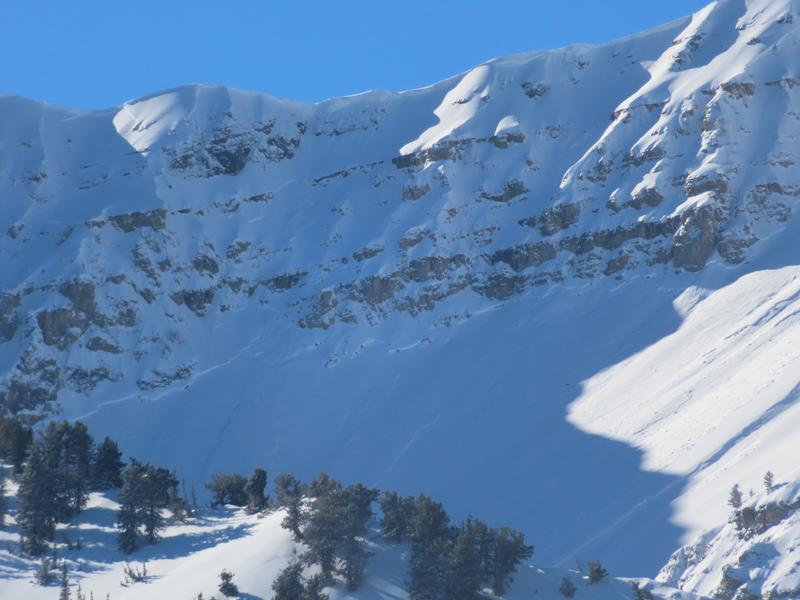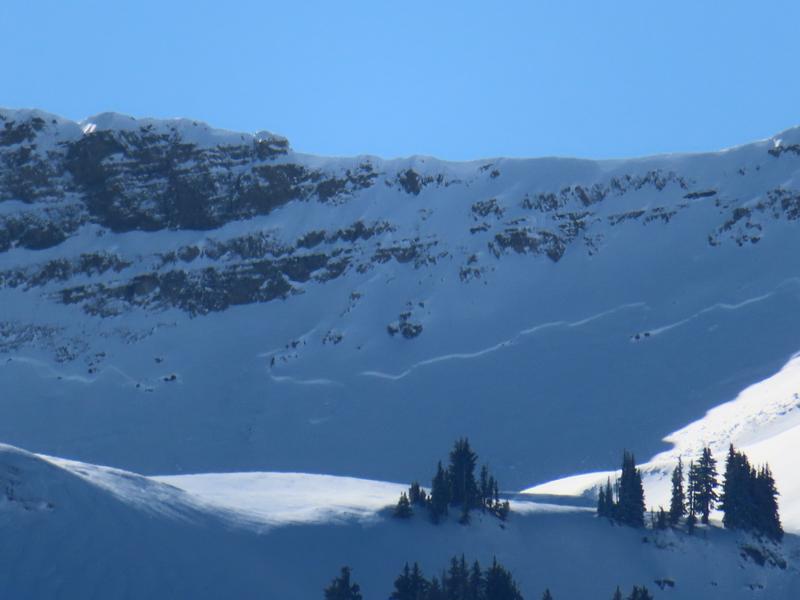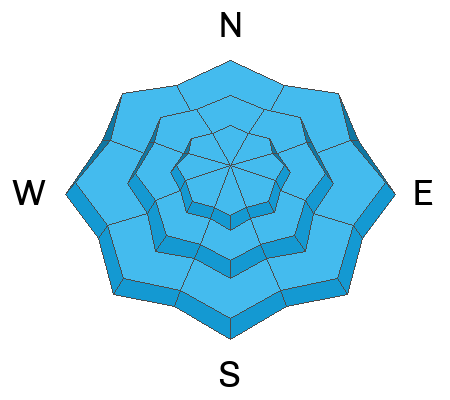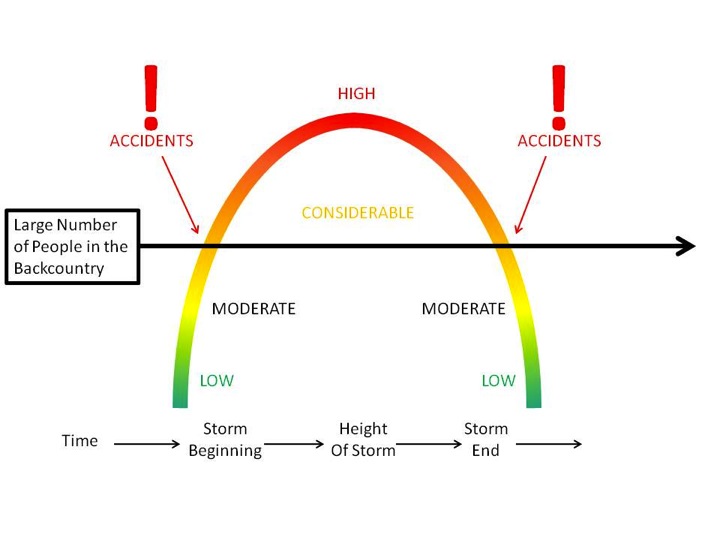Forecast for the Provo Area Mountains

Issued by Dave Kelly on
Thursday morning, December 8, 2022
Thursday morning, December 8, 2022
A CONSIDERABLE avalanche danger exists on steep northwest to east facing slopes at the mid and upper elevations. Human triggered avalanches 1-3' deep and up to 300' wide are likely...and may be triggered at a distance.
A MODERATE avalanche danger exists on all southwest-south-southeast facing slopes and in the low elevation bands.
Great skiing can be had on low angle terrain not attached to steeper slopes.
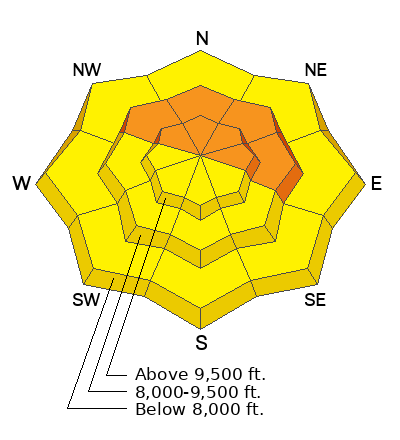
Low
Moderate
Considerable
High
Extreme
Learn how to read the forecast here


